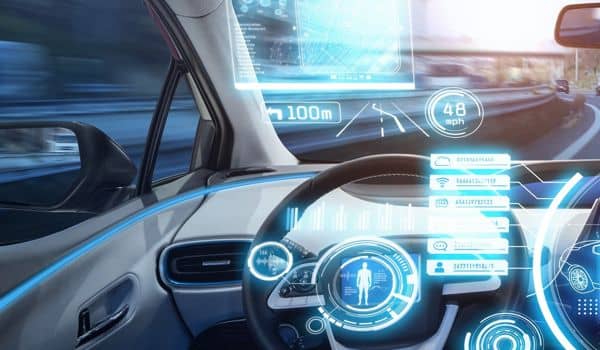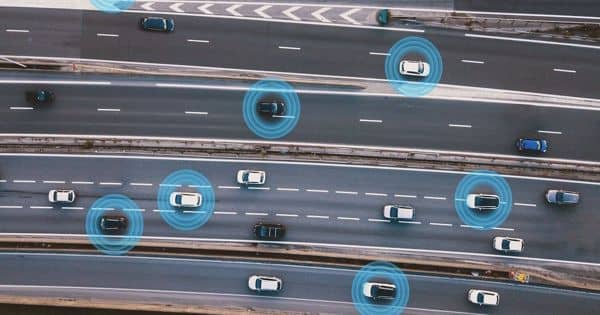According to optimistic predictions, reliable autonomous vehicles will be commercially available by 2030, at a time when mobility is shifting away from traditional modes of transportation and toward door-to-door services. Previous research suggested that public transportation would lose market share to autonomous vehicles, but the environmental impact of changing transportation use has received little attention. According to new research, the convenience of self-driving cars would almost certainly come at the expense of the environment.
A recent paper by University of Wisconsin-Madison researchers addresses the use-phase implications of autonomous vehicles by using a stated preference survey to reveal potential autonomous vehicle users and the resulting level of competition with traditional modes of transportation. The findings indicate an expected increase in environmental impacts across all categories studied, as a result of a shift toward less carbon-intensive transportation options. The authors also confirm that the use of electric self-driving vehicles could alter this environmental outcome. Their findings were published today in the journal Environmental Research Letters by IOP Publishing.
Optimistic predictions expect reliable autonomous vehicles to be commercially available by 2030, at a time when mobility is undergoing a profound shift away from traditional modes of transportation and towards door-to-door services.
Autonomous vehicles are expected to provide significant benefits in terms of transportation operations, safety, and accessibility; however, these benefits may be obscured by potential environmental consequences. Clearly, the adoption of autonomous vehicles will be accompanied by changes in travel behavior; however, research to date has primarily focused on autonomous vehicle technology and not on the environmental impacts of transportation mode shifts. As a result, this new study examines these effects in four categories: energy consumption, greenhouse gas emissions, particulates, and pollutants.
A survey conducted in Madison, Wisconsin, investigated attitudes toward transportation modes and discovered that in choice experiments between private vehicles, autonomous taxis, buses, and bicycles, respondents would choose autonomous taxis 31 percent of the time due to their desirable operational and modal attributes. Buses, on the other hand, had a significantly longer access time due to walking and waiting, and personal vehicles were the middle-of-the-road option.

Commuters who owned a personal vehicle, on the other hand, were less likely to choose an autonomous vehicle, implying that autonomous vehicles primarily compete with public transportation; thus, policies aimed at reducing commuting in personal vehicles may be ineffective in reducing environmental impacts.
The researchers then used a series of simulations to examine the effects of policy and service changes, which confirmed that autonomous vehicles primarily compete with the environmentally preferred mode of transportation, buses. They also demonstrated that reducing bus travel times resulted in a significant increase in bus usage. The environmental predictions showed increases in the energy and pollution categories of 5.7 percent to 6.85 percent, a significant impact given that transportation accounts for 28 percent of greenhouse gas emissions in the United States.
The researchers considered the use of electric autonomous vehicles to offset the environmental impacts of autonomous vehicles but only during the use phase. The results showed that electric autonomous vehicles can offset the environmental impact of autonomous vehicles if a suitable mix of electricity generation methods is used and an electric autonomous vehicle adoption rate of more than 40% is achieved.
This new study on the use-phase environmental impacts of autonomous vehicles will assist researchers and policymakers in realizing the full potential of autonomous vehicles while considering any potential environmental consequences. Cities that want to use self-driving cars must plan their deployment in ways that are both consumer-friendly and environmentally friendly.
Wissam Kontar, the author, stated: “The transportation system is about to undergo a significant paradigm shift. Emerging technologies such as self-driving and electric vehicles, as well as changes in commuting behavior, will have significant operational and environmental consequences. It is critical that we consider these impacts concurrently if we are to create efficient and sustainable mobility in the future.”
















